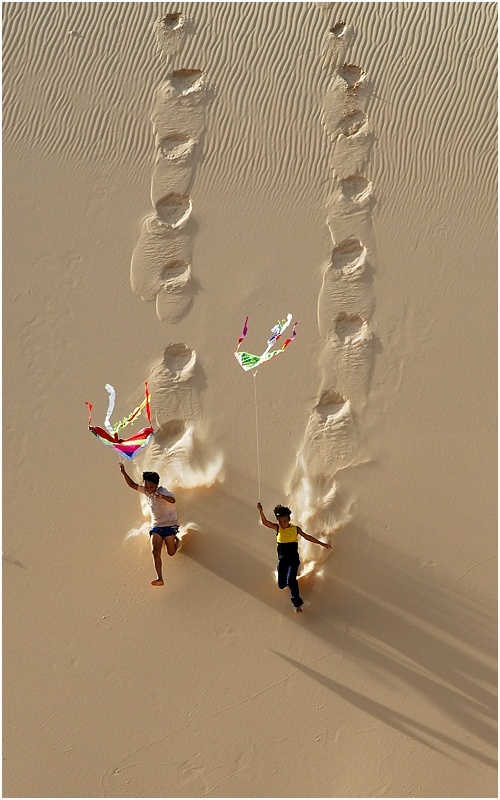김기철
sound looking
Kim Kichul ha lavorato continuamente con il suono, contro forme d’arte visive più tradizionali. Per Kim, il suono stesso è il soggetto piuttosto che un elemento aggiunto che compone una parte dell’intera scultura, ed è un continuum già inerente a un significato.
Kim ha iniziato a usare il suono nel suo lavoro attraverso un’esperienza che ha avuto durante l’ascolto della radio. Ha sperimentato qualità del suono spazio-temporale e si è sentito come se stesse guardando il suono fisico reale proveniente da una radio. Il suo lavoro 11-Faced Avalokitesvara presentato nella sua prima mostra personale nel 1993 partiva dalla parola Avalokitesvara, che spiega il sentire il soggetto come se volesse vederlo. Kim fu profondamente commosso da un verso di Bomunpum, il venticinquesimo capitolo del Sutra del Loto, che affermava che se Sattva, nella loro sofferenza, avesse cantato l’Avalokitesvara con una semplice concentrazione, avrebbero potuto raggiungere il Nirvana. Posizionando 10 statue di Avalokitesvara su radio, ciascuna sintonizzata su canali diversi, ha presentato un metodo compositivo per osservare il suono attraverso la sinestesia.
È chiaro che il suono stesso è il principale argomento di interesse di Kim, specialmente attraverso il suo precedente lavoro Sound Looking (1999), che materializza visivamente le proprietà del suono dipendenti dai sensi uditivi. In questo lavoro, le particelle in un tubo trasparente si muovono secondo le onde del suono generato e tutte le cose visibili vengono mobilitate per rivelare il suono invisibile.






